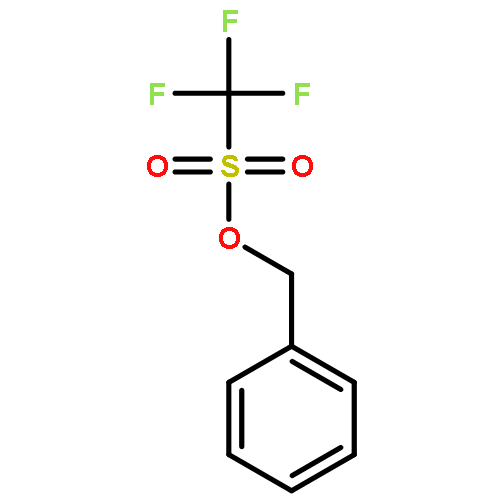Co-reporter: Jessica R. Kramer, Nathan W. Schmidt, Kristine M. Mayle, Daniel T. Kamei, Gerard C. L. Wong, and Timothy J. Deming
pp: 83
Publication Date(Web):April 15, 2015
DOI: 10.1021/acscentsci.5b00054
Cell penetrating peptides (CPPs) are intriguing molecules that have received much attention, both in terms of mechanistic analysis and as transporters for intracellular therapeutic delivery. Most CPPs contain an abundance of cationic charged residues, typically arginine, where the amino acid compositions, rather than specific sequences, tend to determine their ability to enter cells. Hydrophobic residues are often added to cationic sequences to create efficient CPPs, but typically at the penalty of increased cytotoxicity. Here, we examined polypeptides containing glycosylated, cationic derivatives of methionine, where we found these hydrophilic polypeptides to be surprisingly effective as CPPs and to also possess low cytotoxicity. X-ray analysis of how these new polypeptides interact with lipid membranes revealed that the incorporation of sterically demanding hydrophilic cationic groups in polypeptides is an unprecedented new concept for design of potent CPPs.
